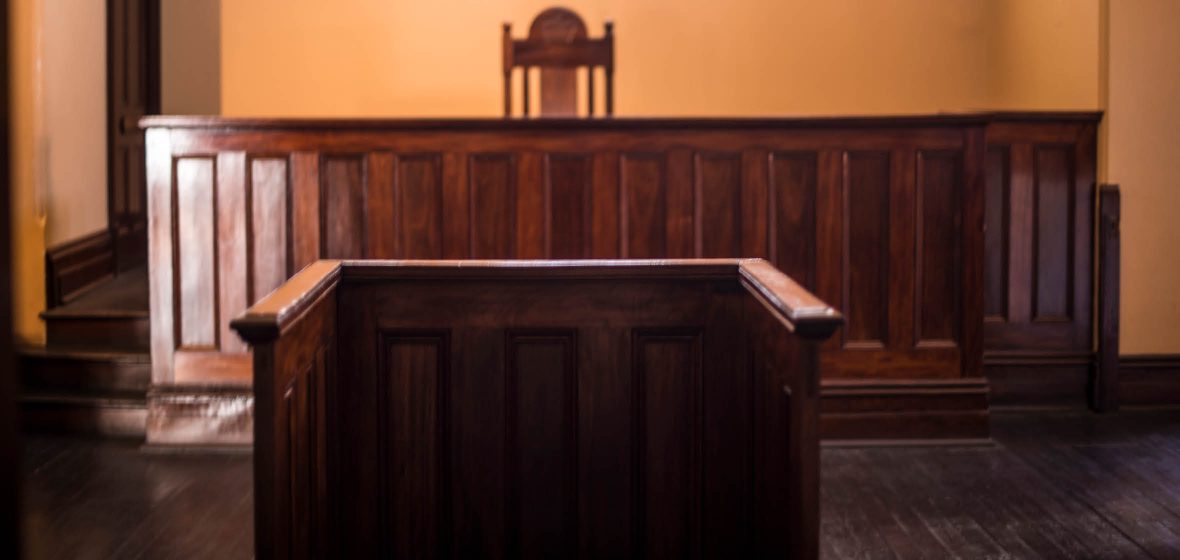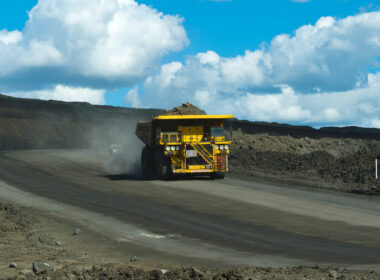Snapshot
- The admissibility of expert evidence is the subject of increasing criticism from scientific bodies and discordant views from the bench.
- As there is no reliability standard imposed by Australian courts to regulate the admission of expert evidence, the defence is left to expose the value and limitations of expert evidence in order to prevent the tribunal of fact giving it more weight than it deserves.
- Consultation with an independent forensic scientist ahead of trial may help to expose the limits of prosecution expert evidence and facilitates the tribunal of fact in assessing its evidentiary value.
Expert scientific evidence can be a double-edged sword in the hand of a prosecutor in a criminal trial. Although it is true that advances in science and technology are contributing to the resolution of previously unsolved crimes, and expert evidence can be very compelling, it is also true that this type of evidence can cause innocent people to be convicted of crimes they didn’t commit. As we celebrate the 20th anniversary of the NSW Evidence Act 1995 (‘the Act’), admissibility of scientific evidence under the Act is the subject of swelling criticism from peak scientific bodies and increasingly discordant views from the bench.
According to Professor Gary Edmond (‘The “Science” of Miscarriages of Justice’ (2014) 37(1) UNSW Law Journal 376), many – perhaps most – wrongful convictions or miscarriages of justice involve forensic scientific and medical evidence that was exaggerated, misleading or simply mistaken.
A famous example, oft-cited by former Public Defender now District Court Judge Dina Yehia SC in her paper ‘Expert Evidence’, is the incriminating expert evidence in the case against Lindy Chamberlain after her daughter, Azaria, disappeared at Ayers Rock (Uluru) in 1980. Experts said there was a bloodied handprint matching Lindy’s on the baby’s jumpsuit and blood inside her car. In fact, there was no blood. It was dust. In 2012, Coroner Elizabeth Morris delivered her finding that Azaria was indeed taken by a dingo.




